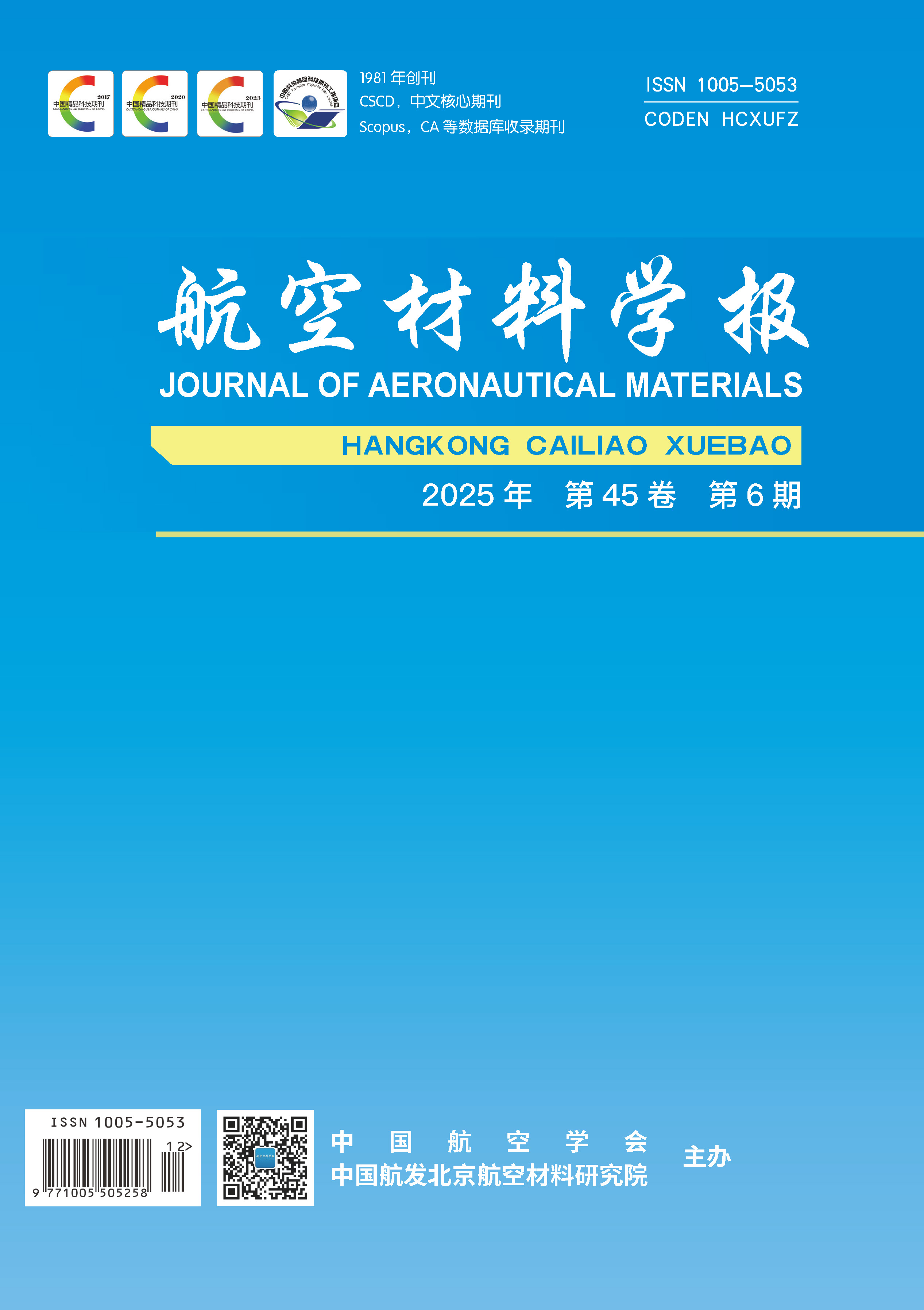WANG Minjuan, HUANG Hao, WANG Bao, HAN Bo, YANG Pinghua, HUANG Xu
Continuous SiC fiber reinforced titanium matrix(SiCf/Ti)composite exhibiting high specific strength, high specific modulus and high temperature resistance, shows important application prospects in the aerospace field. In this paper, the development of SiCf/Ti composite's application, preparation, property control and testing technology is summarized, and the bottleneck problems required to be broken through are raised. SiCf/Ti composite shows the unidirectional performance advantages, making it suitable for rotating ring parts(bling, turbine disk, etc), rod parts(turboshaft, connecting rod, fastener, etc)and plate parts(aircraft skin, etc). The commonly used preparation methods of SiCf/Ti composite materials are foil-fiber-foil(FFF)method and matrix coating technology(MCT). FFF is suitable for preparing plate structural parts, and MCT is suitable for winding structural parts, such as rings, disks and shafts. The properties of SiCf/Ti composite mainly depend on SiC fiber, titanium alloy matrix and fiber/matrix interface. The microstructure and properties of SiC fibers are highly sensitive to the preparation process, and it is one of the research focuses to obtain stable SiC fibers by regulating the reactor structure and deposition conditions. The titanium alloy matrix can be coated on the fiber surface by physical vapor deposition to prepare the titanium alloy precursor wire, which is the key to the subsequent preparation of high-quality components. The interfacial microstructure, thermal stability and mechanical properties of SiCf/Ti composites are closely related to the coating on the fiber surface, so the control of coating type and structure is an important means to control the interfacial properties of SiCf/Ti composites. The application of SiCf/Ti composite materials has promoted the development of non-destructive testing technology, so researchers have carried out the basic research of ultrasonic testing, X-ray testing and acoustic emission in application of composite material testing. In order to realize the wide application of SiCf/Ti composites, further research work should be carried out in the structural design, low-cost manufacturing, failure analysis and life prediction of composite materials in the future.
